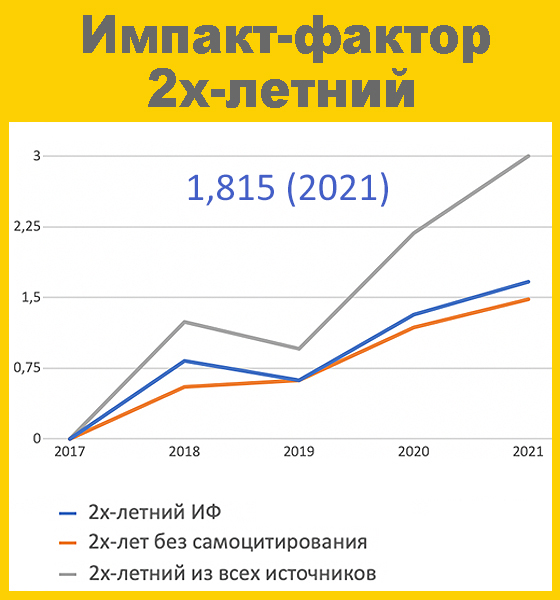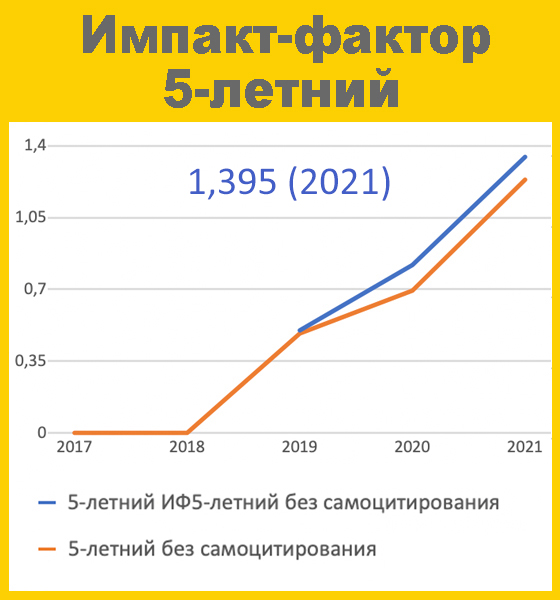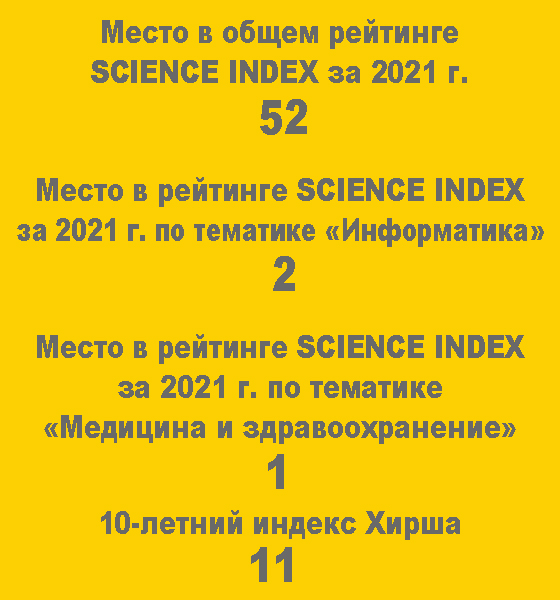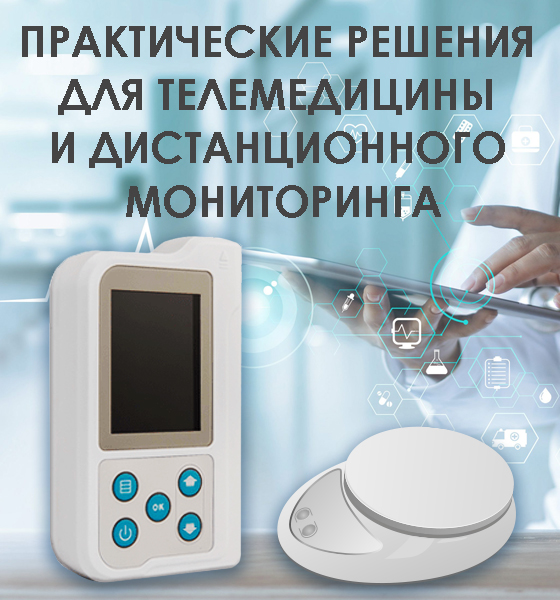Remote telemedicine technologies in pediatric neurology DOI: 10.29188/2712-9217-2023-9-3-24-34
Shaderkina A.I., Alekseeva M.V., Batysheva T.T., Klimov Yu.A. Remote telemedicine technologies in pediatric neurology. Russian Journal of Telemedicine and E-Health 2023;9(3):24-34; https://doi.org/10.29188/2712‑9217‑2023‑9‑3‑24‑34
- Shaderkina A.I. – 5th year student of «Personalized Medicine» of the Institute of Clinical Medicine, First Moscow State Medical University named after I.M. Sechenov, Ministry of Health of Russia; Moscow, Russia; RSCI Author ID 1064989, https://orcid.org/0000‑0003‑0639‑3274
- Alekseeva M.V. – Candidate of Medical Sciences, Deputy Director for Organizational and Methodological Work of the Scientific and Practical Center for Pediatric Psychoneurology of the Moscow Department of Health, Moscow, Russia, RSCI Author ID 925525
- Batysheva T.T. – Doctor of Medical Sciences, Professor, Director of the Scientific and Practical Center for Pediatric Psychoneurology of the Moscow Department of Health, Chief Freelance Children's Specialist of the Ministry of Health of the Russian Federation for Medical Rehabilitation, Chief Freelance Children's Specialist of the Moscow Department of Health for Neurology, Moscow, Russia, RSCI Author ID 945308
- Klimov Yu.A. – Ph.D., Dean of the Faculty of Medicine of the Russian State Social University, Moscow, Russia, RSCI Author ID 945310, https://orcid.org/0000‑0001‑5946‑094X
 1339
1339 Introduction. Neurologic disorders make a significant contribution to overall morbidity. For example, in recent years in Moscow, the overall incidence of diseases of the nervous system in children is 7637.1 per 100.000 people. The chronic course of neurologic disorders and the need for long-term rehabilitation determine the widespread use of digital technologies in this area.
Materials and methods. A literature review was conducted in the PubMed database. The inclusion criteria for studies were the use of digital technologies and the participation of patients under 18 years of age in testing and evaluating the effectiveness of these methods.
Results. In this paper we reviewed the use of digital technologies in disorders such as cerebral palsy (CP), epilepsy, headaches including migraines, and multiple sclerosis. Modern wearable diagnostic and neuroimaging devices have been described. In the treatment of cerebral palsy, home rehabilitation options are receiving high interest. The most common area in which remote monitoring is used is the chronic headaches monitoring. Many available solutions have been developed in this area, such as digital diaries, which are used to identify the causes and triggers of migraines exacerbations and tension headaches. Telemedicine consultations increase patient access to neurological and neurosurgical care, and use of teleconsultations is increasing rapidly in recent years.
Conclusion. Thus, there is currently an active development of digital technologies in pediatric neurology. Telemedicine consultations, virtual and augmented reality technologies, and the use of applications on smartphones and related devices are becoming new high-quality and objective methods of patient management.
| Attachment | Size |
|---|---|
| Download | 1.19 MB |

















































